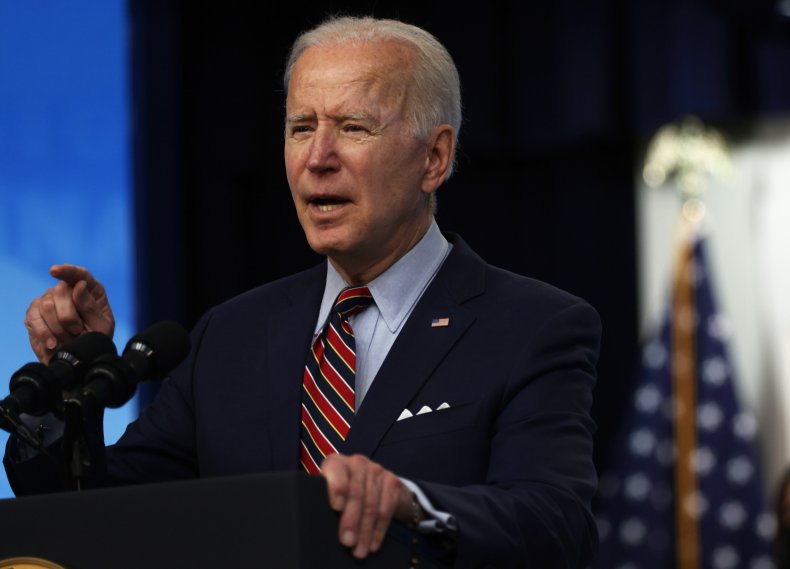New York, California Capital Gains Tax Rates Would Top 50 Percent in Biden Proposal

Capital gains income tax rates for the wealthiest residents of New York and California would exceed 50 percent under a plan reportedly being considered by President Joe Biden.
Biden hopes to nearly double the top federal capital gains rate to fund $1 trillion in spending, according to a Thursday report from Reuters that cited sources familiar with the proposal. Bloomberg first reported on the proposal, saying that the funds would be used to "help pay for a raft of social spending."
Under the proposal, the top federal capital gains rate would go from 20 percent to 39.6 percent for amounts over $1 million. A 3.8 percent net investment tax for those making more than $200,000 per year would effectively bring the top rate to 43.4 percent.
Most states also have capital gains tax that must be paid in addition to the federal rate. The wealthiest residents of California would pay a combined top rate of 56.7 percent due to a maximum state capital gains tax of 13.3 percent, the highest of any state.
In New York, the new combined capital gains tax rate would top out at 52.22 percent. At least 13 other states and the District of Columbia would also see combined rates that exceed 50 percent for the highest amounts.
The current capital gains tax rate, applying to profits that are earned when selling assets like stock, bonds or real estate at a higher amount than when it was purchased, is relatively low when compared to the current top income tax rate of 37 percent.
Since capital gains are treated separately from income tax, some have long criticized the lower rates as a way for the wealthy to unfairly avoid paying tax. Biden has previously vowed to tax capital gains in the same manner as regular income. He has also proposed to raise the top income tax to 39.6 percent, the same rate it was under the administration of former President Barack Obama.
Fears that the capital gains proposal could negatively impact investors appeared to inspire U.S. stock markets to drop sharply after the Bloomberg report on the proposal was published. The Dow Jones Industrial Average was on the rise until the report was published around 1 p.m., falling 321 points by the end of the day.
The plan likely faces an uphill battle to become law, especially since Democrats hold a razor-thin grip on the Senate. With no Republicans likely to support the proposal, Democrats could use the budget reconciliation process to sidestep a filibuster. However, all 50 senators who caucus with Democrats would have to vote for the increase and it is not clear that all moderates would support it.
"If it had a chance of passing, we'd be down 2,000 points," Thomas Hayes, chairman and managing member at hedge fund Great Hill Capital LLC, told Reuters.
If the proposal does become law, the top capital gains tax bracket would include the country's highest ever rate, although rates have been higher than they currently at many times in the past.
For most of the 1970s, the top capital gains rate exceeded 30 percent, while the top rate on regular income tax was at 70 percent or more. When top income tax rates exceeded 90 percent in the 1940s and 1950s, capital gains rates were between 25 and 26 percent.
From 2003 to 2012, the top capital gains rate was only 15 percent, rising to the current level during Obama's second term in 2013 and continuing throughout former President Donald Trump's term.
Newsweek reached out to the White House for comment.

